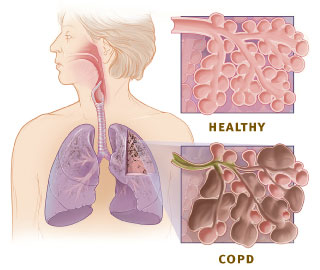BRCA1 and PARP1 repair the genes those might get damaged during repeated cell divisions along with other regulatory functions. In cancer breast, the PARP1 is up-regulated to keep pace with the continuous cell division; researchers say. It has been seen that blocking this enzyme along with BRCA1 mutated gene function give good results in breast cancer patients.
Clinical studies have shown that BSI-201, a code named molecule enhances chemotherapy-induced DNA damage, and the agent has proven to be safe and well tolerated when combined with several different chemotherapy regimens (ASCO 2009, Abstract 3579). Preclinical studies have suggested that combining a PARP inhibitor with gemcitabine (Gemzar) and with platinum agents leads to additive therapeutic activity in patients with triple-negative breast cancer (estrogen receptor, progesterone-receptor, and HER2 negative). More research is going on in this field, and it may soon be a viable option of treatment.
...
Click here to Subscribe news feed from "Clinicianonnet; so that you do not miss out anything that can be valuable to you !!
...






